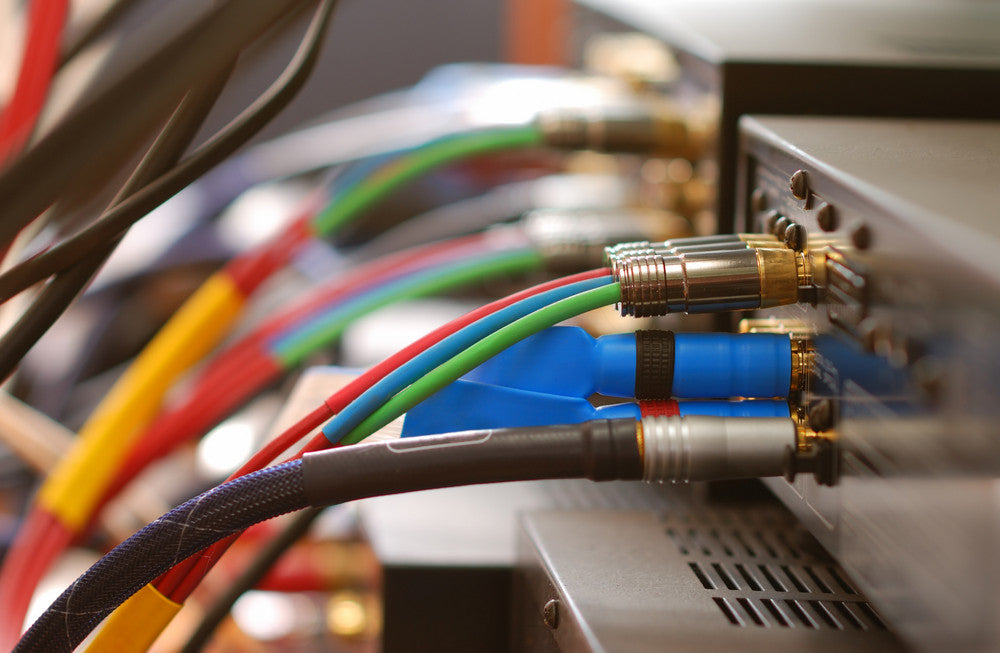- Continue Shopping
- Your Cart is Empty

Speaker Wire Guide: Selection, Installation and Helpful Tips
So you’re looking to buy a new surround sound system but are at a loss when it comes to which type of wiring you’ll need to purchase. Don’t panic just yet. Most speakers don’t come with wiring, but it’s rather simple figuring out what type of wiring you’ll need and how to install it. If you’re needing to figure out what type of wiring you’ll be needing and how to install it, check out this guide and you’ll be enjoying the booming sound of your new surround sound system in no time!
Wire Type
The first thing you will need to know before purchasing your wire is exactly what type of wiring you’ll be needing. You will need what is called speaker wire and if your speaker wiring doesn’t already come with connectors, you should also purchase what is called a banana connector.
Gauge Thickness
After figuring out what kind of wire you need, you’ll need to determine what gauge to utilize. The gauge is the thickness of the wiring and appears as the AWG, or American Wire Gauge, number. The lower the gauge, or AWG number, the thicker the wire will be. The thicker the wiring, the less resistance it will have to the current flow. It’s quite common for people to generally go for the thicker wiring if they’re unsure what type to purchase, but thicker wiring isn’t always the better option. The best wire thickness for your surround speakers is determined by many factors. Thinner wiring is less costly, easier to work with and works well when the wiring length from your surround speakers to your device is going to be less than 50 feet. Thinner wiring, about 16 gauge, also works best for high impedance speakers. Thicker wiring is best for long distances when you’re going to have more than 50 feet of wire. Thicker wiring, about 14 or 12 gauge, is also best for high powered and low impedance speakers.
Wire Length
How much speaker wiring you’ll need depends on your personalized needs and how your surround sound system will be setup, like where you’ll be placing your speakers and how far away from the audio source they’ll be. To determine how much speaker wiring you’ll need, simply run some traditional measuring tape or flexible quilters tape and measure from your amplifier or receiver to where you’ll be setting up your surround sound speakers. You will want to add a foot or two of extra length to this measurement to give the wiring slack.
Basic Installation
Locate the positive and negative ends of your speaker wires and connect them accordingly to the receiver. This is where your speaker connectors will come in handy. If you don’t have any connectors, carefully peel back the rubber shell of the end of the wiring, diligently twist the wiring tightly together, and match to the correct connection- positive or negative. Positive is color coded red and negative is black. Your speaker will have one of two wire terminals- spring clips or binding posts- for you to attach the positive and negative ends of the wiring to the speaker. With spring clips, you simply clip the bare wire ends into the positive and negative slots accordingly. With binding posts, you’ll need to unscrew the part over the terminal called a collar that looks similar to a metal nut. Then you’ll match the positive and negative ends of the wires to the correct holes in the terminal and screw the collar back on to tighten the speaker wiring in place and you’re now done with your wire installation. It’s as simple as that!






Modern Speakers
Author